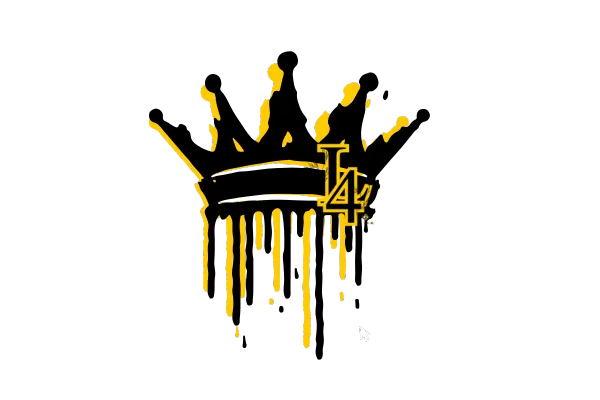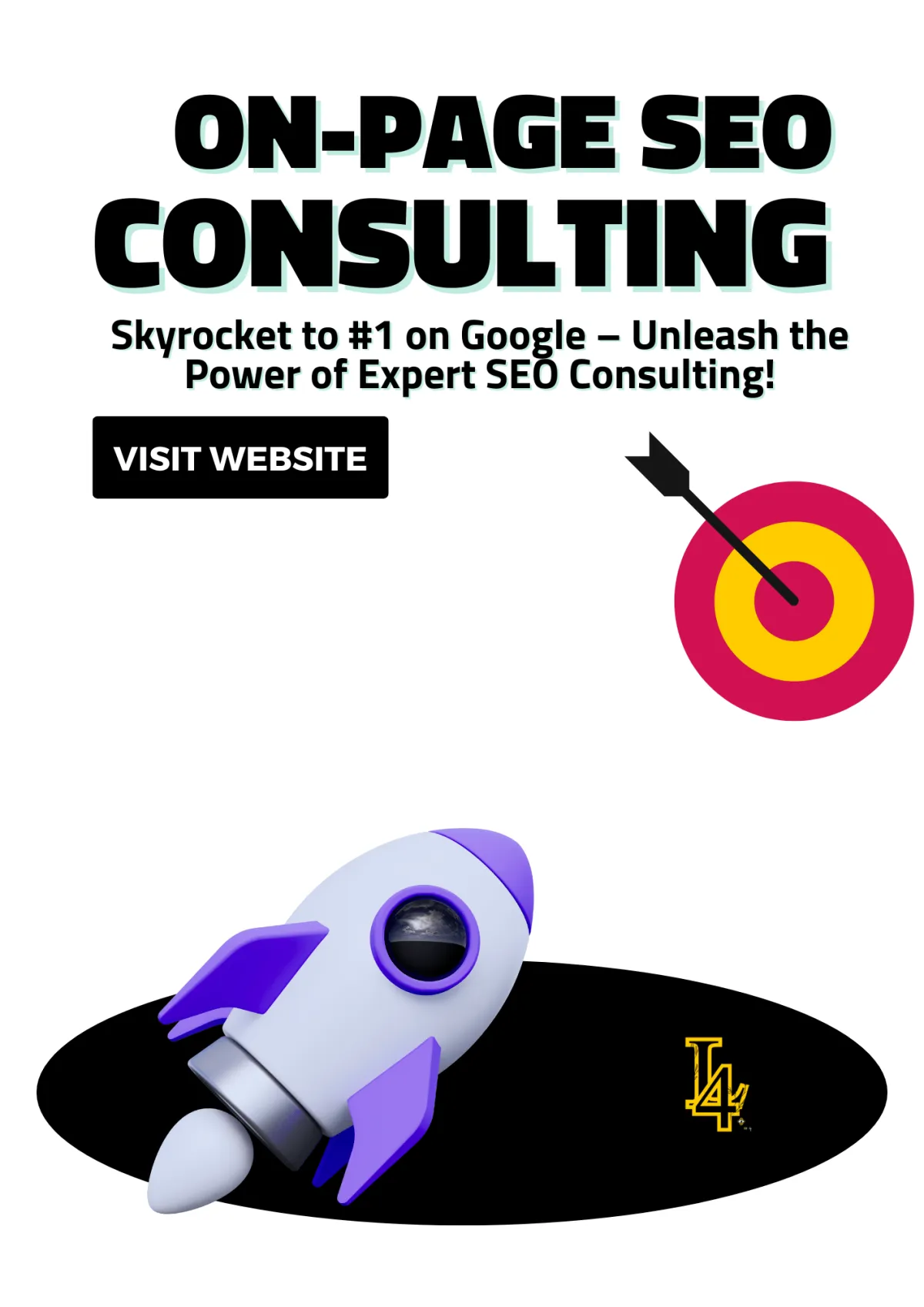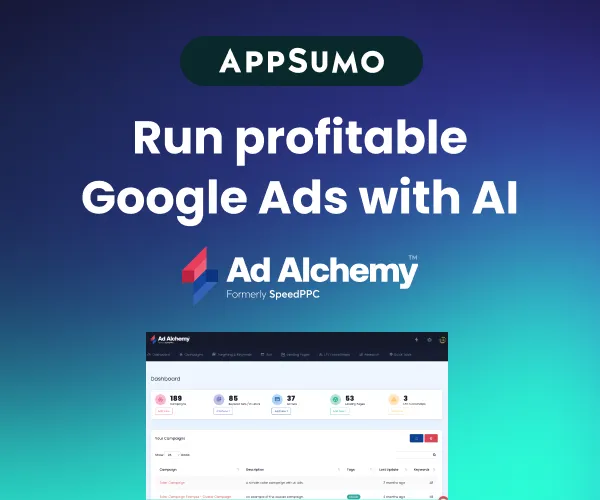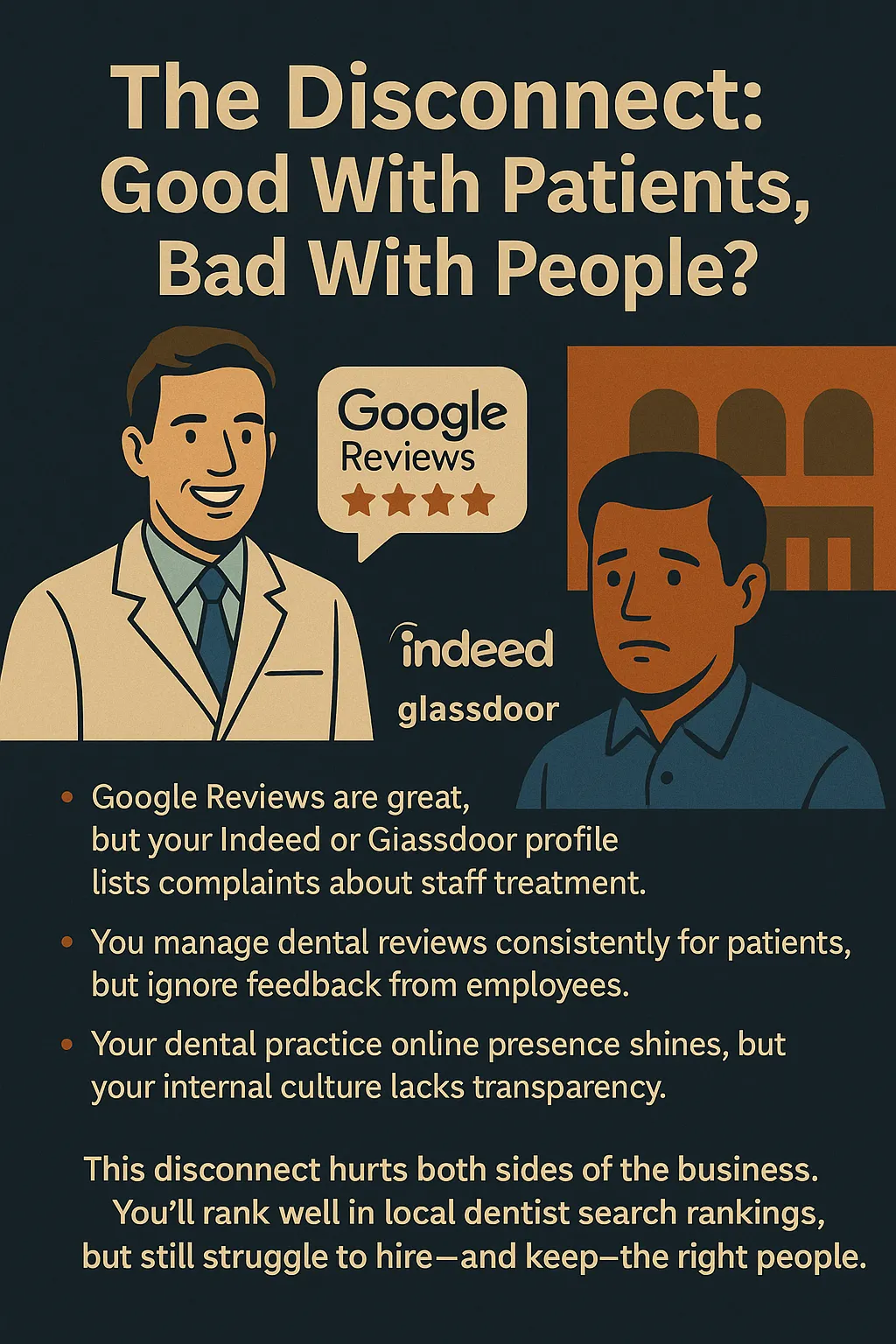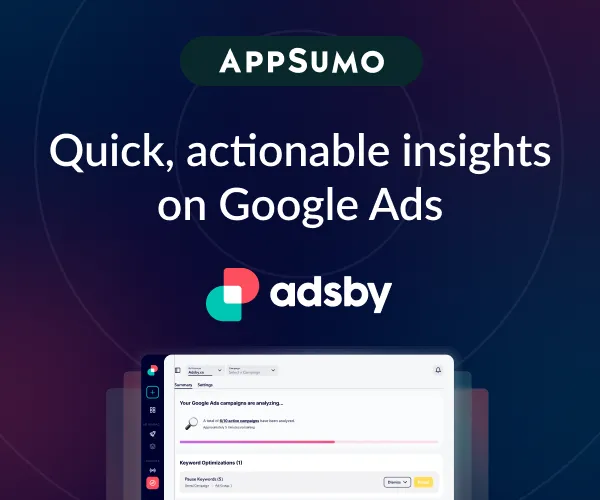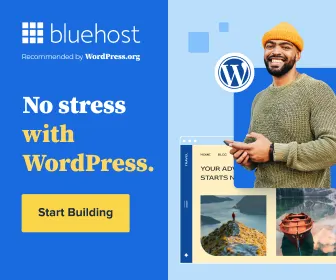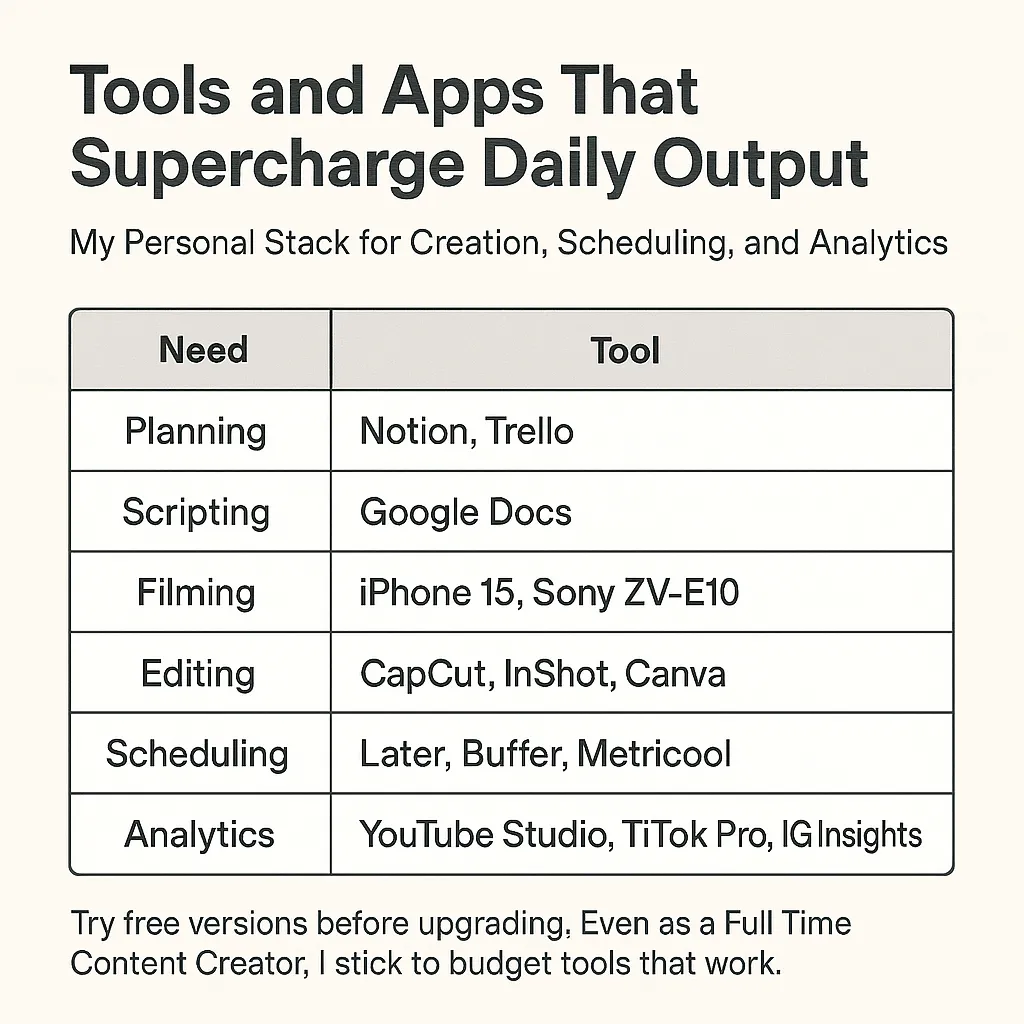
The Ultimate Guide to Choosing the Best Keyword Commercial Intent
Table Of Content
Creating Content for Commercial Search Intent: A Key Piece of the SEO Puzzle
Why Commercial Search Intent Matters
The Role of Commercial Search Intent in the Customer Journey
2. Comparisons and Alternatives
7. Landing Pages for Promotions
8. Blog Content with Commercial Intent
11. Product or Service Comparison Charts
15. Testimonials Combined with Data
Commercial Search Intent and E-Commerce Optimization
Why Commercial Intent is Crucial for E-commerce
Optimizing Product Pages for Commercial Intent
Utilizing Data-Driven Insights
Using Data-Driven Insights to Refine Content for Commercial Intent
The Importance of Data in Commercial Intent
How I Use Data to Guide Keyword Research
Refining Content with Analytics
Testing and Iterating for Success

Have you ever searched for "best smartphones under $500" or "top SEO tools for small businesses"? That’s commercial search intent in action—users are eager to purchase, but they’re weighing their options. Tapping into this intent isn’t just smart; it’s essential for businesses looking to turn browsers into buyers. Let’s dive into how understanding and crafting content for commercial search intent can unlock new levels of SEO success!
Creating Content for Commercial Search Intent: A Key Piece of the SEO Puzzle
In the crowded world of digital marketing, standing out means meeting users exactly where they are in their buying journey. Commercial search intent is that golden middle ground where users aren’t just curious—they’re considering. By creating content that answers their questions, compares their options, and highlights your unique value, you’re not just offering information but building trust and nudging them toward a decision. This guide will show you how to craft content that aligns perfectly with commercial intent, helping you capture more traffic, leads, and conversions. The Four Types of Search Intent
Informational Intent: When someone’s just looking for information, think of queries like "how to change a tire."
Navigational Intent: Searching for a specific website or page, like typing "Facebook login."
Commercial Intent: This is where users compare options, read reviews, and get ready to buy. For example, "best smartphones 2025."
Transactional Intent: The user is ready to purchase, searching for terms like "buy iPhone 13."
Why Commercial Search Intent Matters
Focusing on commercial search intent is like being a helpful friend who advises a big decision. By providing valuable comparisons, reviews, and insights, you position your brand as trustworthy and knowledgeable.
Integrating Commercial Search Intent into Your Content Strategy
Keyword Research: Identify keywords that indicate commercial intent, such as "top 10 laptops 2025" or "best budget smartphones."
Create Comparison Guides: Develop content that compares products or services, helping users make informed decisions.
Include Customer Reviews and Testimonials: Showcase real-life experiences to build trust and credibility.
Optimize for SEO: Ensure your content is optimized with relevant keywords to rank higher in search results.
The Role of Commercial Search Intent in the Customer Journey
Understanding and targeting commercial search intent allows you to meet potential customers at a critical point in their decision-making process. By providing the information they need, you can influence their purchasing decisions and guide them toward choosing your product or service.
Conclusion
Creating content that aligns with commercial search intent is a vital component of a successful SEO strategy. It bridges the gap between initial interest and final purchase, positioning your brand as a trusted advisor in the eyes of potential customers.
Note: This article has been crafted to provide valuable insights into the importance of commercial search intent in SEO strategy.

1. Product or Service Pages
Purpose: Showcase your products or services in detail.
Features:
High-quality images and videos.
Detailed descriptions with benefits.
Clear calls-to-action (e.g., "Buy Now," "Start Free Trial").
User reviews and testimonials.
2. Comparisons and Alternatives
Purpose: Help users decide between products or services.
Examples:
"Best Website Builders for Small Businesses Compared."
"Our SEO Services vs. Competitors: What You Need to Know."
3. Case Studies
Purpose: Prove your value with real-world success stories.
Features:
Specific client challenges and how your solution helped.
Metrics showcasing results (e.g., traffic increase, revenue growth).
4. Buyer’s Guides
Purpose: Educate users while positioning your offering as the solution.
Examples:
"The Ultimate Guide to Choosing an SEO Service."
"How to Select the Best Website Builder for Your Business."
5. Demo Videos or Tutorials
Purpose: Show your product/service in action.
Features:
Step-by-step usage.
Key benefits and time-saving features.
Call-to-action to purchase or schedule a demo.
6. Pricing Pages
Purpose: Convert price-sensitive visitors into customers.
Features:
Clear, tiered pricing options.
Highlight key benefits of each plan.
Include FAQs for transparency.
7. Landing Pages for Promotions
Purpose: Drive traffic for specific campaigns or offers.
Examples:
8. Blog Content with Commercial Intent
Purpose: Rank for keywords that suggest readiness to buy.
Examples:
"Top Website Builders for E-commerce in 2024."
"10 Signs You Need Professional SEO Services."
9. FAQs
Purpose: Address common concerns or objections.
Features:
"What’s included in our package?"
"How does our free trial work?"
10. Testimonials and Reviews
Purpose: Build trust and credibility.
Features:
Video testimonials or detailed written reviews.
Star ratings and industry-specific achievements.
11. Product or Service Comparison Charts
Purpose: Provide a visual and easy way for users to understand the benefits of your offering.
Features:
Highlight your key strengths.
Include specific metrics or unique benefits.
12. PPC Landing Pages
Purpose: Maximize ROI from paid campaigns.
Features:
Focus on a single, targeted offer.
Minimal distractions with a strong CTA.
13. Case-Specific Content
Purpose: Address niche markets or specific user needs.
Examples:
"SEO Services for Real Estate Agents."
"How Small Businesses Can Build Websites on a Budget."
14. Industry-Specific Guides
Purpose: Speak directly to your target audience’s unique challenges.
Examples:
"Digital Marketing for Dentists: A Complete Toolkit."
"Top Website Design Tips for Fashion Brands."
15. Testimonials Combined with Data
Purpose: Reinforce credibility with results-focused proof.
Examples:
"How We Increased Client Revenue by 50% in 3 Months."

Commercial Search Intent and E-Commerce Optimization
When it comes to e-commerce, understanding commercial search intent is like having a treasure map that leads directly to your customers’ desires. I’ve seen firsthand how aligning your strategy with what users are actively searching for can transform your e-commerce business. It’s not just about ranking higher on Google; it’s about providing exactly what potential buyers need when they’re ready to make a decision.
Why Commercial Intent is Crucial for E-commerce
Think about the typical e-commerce journey. A user might search for “best wireless earbuds under $100” or “top-rated kitchen appliances.” These queries show clear commercial intent—they’re not just browsing for fun; they’re actively comparing products and evaluating their options. If your online store can meet them with helpful, tailored content, you’re already ahead of the competition.
E-commerce success often hinges on visibility and relevance. Ranking for commercial intent keywords ensures you’re positioned as a credible option when buyers are in decision-making mode. I’ve found that focusing on these types of queries brings not just traffic but traffic that converts into actual sales.
Optimizing Product Pages for Commercial Intent
Product pages are the bread and butter of e-commerce, and they need to do much more than just display an item. When crafting these pages, I focus on three key areas:
Keyword Integration:
Using tools like SEMrush or Ahrefs, I identify high-intent keywords and naturally incorporate them into the product title, description, and metadata. For example, if users are searching for “durable hiking boots for beginners,” I make sure that phrase is prominently featured.Detailed Descriptions:
A compelling product description doesn’t just list features; it highlights benefits. I emphasize how the product solves a problem or meets a need. If someone’s searching for “lightweight travel strollers,” they’re probably concerned about convenience. I address this directly in the content.Customer Reviews and Social Proof:
Reviews are incredibly persuasive for buyers. I make it a point to display user testimonials and star ratings prominently on product pages. Even better, I include keyword-rich review snippets to improve SEO.
Leveraging Comparison Pages
Comparison pages are goldmines for capturing commercial intent. I love creating pages that directly compare products, such as “Brand A vs. Brand B: Which is Better for You?” These pages help buyers who are torn between two options by offering side-by-side breakdowns of features, pricing, and customer reviews.
When structuring these pages, I focus on clarity and value. I use tables or charts to organize information and include a clear call-to-action (CTA) at the end, directing users to the product I recommend.
Utilizing Data-Driven Insights
One thing I’ve learned is that e-commerce isn’t a set-it-and-forget-it game. I regularly analyze data to refine my strategy. Tools like Google Analytics help me track which commercial intent keywords are driving traffic to my store and which pages are converting. If a page is underperforming, I’ll tweak the content, update the keywords, or add more compelling visuals.
Using Data-Driven Insights to Refine Content for Commercial Intent
I’ll be honest—when I first started working with commercial search intent, I didn’t fully appreciate the power of data. Sure, I knew I needed keywords and content that aligned with user queries, but I didn’t realize how much deeper I could go with the right tools. Now, I’m a firm believer that data is the secret sauce for crafting content that truly resonates with your audience.
The Importance of Data in Commercial Intent
When users are searching with commercial intent, they’re looking for very specific answers. “Best laptops for graphic design 2025” or “Most reliable used cars under $15,000” aren’t vague questions—they’re targeted. And because these queries are so precise, the margin for error is slim. If your content misses the mark, users will bounce to the next search result. That’s where data comes in.
By analyzing user behavior, keyword performance, and engagement metrics, I can ensure my content isn’t just visible—it’s relevant and impactful. Data helps me answer critical questions:
Are my keywords driving the right kind of traffic?
Which pages are converting, and why?
What gaps exist in my current content strategy?
How I Use Data to Guide Keyword Research
One of my favorite tools for this process is Ahrefs. Its keyword explorer feature lets me identify terms with clear commercial intent, like “affordable standing desks” or “eco-friendly cleaning products.” But I don’t stop at just finding the keywords—I analyze the search volume, difficulty, and potential return on investment (ROI).
For example, if a keyword has a high search volume but low conversion potential, I deprioritize it. Instead, I focus on “money keywords” that directly align with buyer intent. This ensures I’m investing my resources where they’ll have the biggest impact.
Refining Content with Analytics
Google Analytics is another staple in my toolkit. Here’s how I use it to refine my approach:
Identify High-Performing Pages:
I look for pages that are already attracting traffic and analyze why they’re working. Is it the keyword targeting? The structure? The visuals? Once I know what’s driving success, I replicate those elements elsewhere.Spot Underperforming Pages:
Not every piece of content will be a home run. When I see pages with high bounce rates or low time-on-page metrics, I dig deeper. Often, the issue is misaligned content. For instance, if users are searching for “top running shoes for beginners” and land on a page about advanced marathon gear, they’ll leave.Track Conversion Paths:
One thing I’ve learned is that content doesn’t exist in isolation. Users often visit multiple pages before making a purchase. By analyzing conversion paths, I can identify which pieces of content are most effective at moving users down the funnel.
Testing and Iterating for Success
Refining content isn’t a one-and-done process—it’s ongoing. I regularly A/B test different elements to see what works best. For example:
Headlines: Does “Top Smartphones for Under $500” perform better than “Best Affordable Smartphones in 2025”?
CTAs: Is “Buy Now” more effective than “Shop Our Deals”?
Content Formats: Do users prefer in-depth guides, listicles, or videos?
By testing these variables, I gain valuable insights into user preferences and can continuously optimize my content for better results.
Using User Feedback as Data
Another underrated but powerful data source is direct user feedback. I’ve implemented tools like Hotjar to collect heat maps and surveys. These insights reveal how users interact with my site, where they’re dropping off, and what additional information they want.
For instance, if users repeatedly ask, “How long does shipping take?” in surveys, I know to address that question more prominently in my content.
Building a Data-Driven Content Strategy
Ultimately, data helps me build a content strategy that’s not just effective but also adaptable. Trends change, algorithms evolve, and user behaviors shift. By staying grounded in data, I can pivot quickly and ensure my content remains aligned with commercial intent.

Conclusion
Understanding and targeting commercial search intent is one of the most powerful ways to turn browsers into buyers. By aligning your content with the specific needs and questions of your audience during their decision-making journey, you position your business as a trusted advisor.
Through thoughtful keyword research, strategic content creation, and ongoing refinement using data-driven insights, you can craft a strategy that doesn’t just attract traffic but converts it. Whether you’re designing product pages, creating comparison guides, or analyzing performance metrics, every effort you make to cater to commercial search intent helps bridge the gap between curiosity and commitment.
When you provide value at this crucial stage, you’re not just competing—you’re building trust, standing out, and ensuring your business stays top-of-mind when it matters most. So dive into the data, refine your approach, and watch as your traffic and conversions reach new heights.
